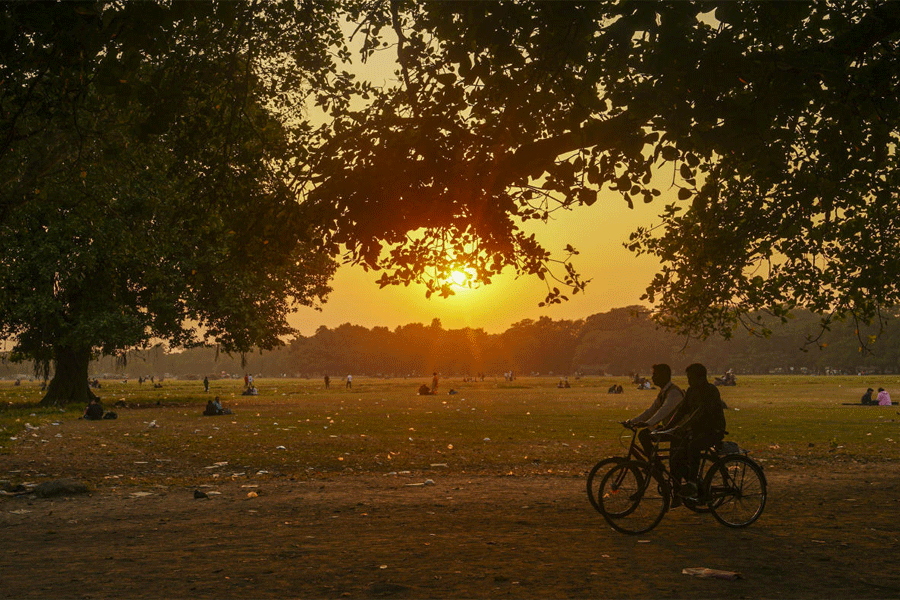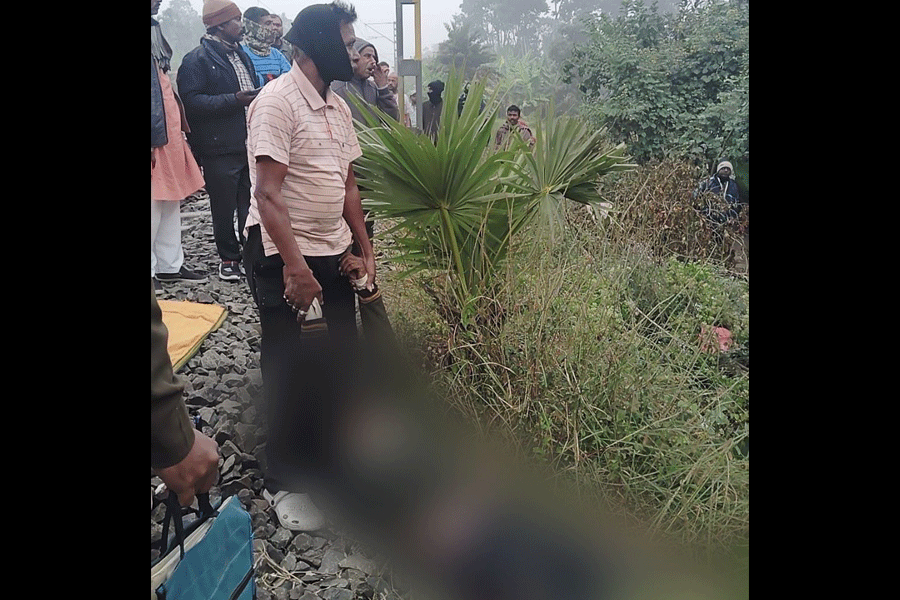 |
| Vada pav (potato patty in a bun) |
The potato, I can say without fear of triggering a war of words, is king. If you do a quick Gallup poll you’ll find the tuber on top of almost everybody’s list of favourite veggie fare. And nowhere is its position of supremacy more prominent than in the streets of Delhi. When it comes to street food, the potato rules.
Just take the exhaustive list of street food items in the north which can’t do without the spud. Your golgappas have bits of boiled potatoes in them, paapri chaat has chunky pieces of potatoes doused in curd and chutneys and aloo tikkis are potato patty. The kulha is a scooped out potato filled with a yummy stuffing, and roasted and fried aloo chaats obviously revolve around the potato.
 |
| Radha bollobhi served with potatoes |
And it’s not just Delhi, or north India, where the potato is particularly favoured. You’ll find it in street food across the country — from the north to the south, and the east to the west.
And I’m not surprised, for the potato indeed is something that’s incredibly receptive — it takes on the flavours of everything that you infuse in it — from sweet and tangy to sour and hot.
And that’s possibly why it figures so naturally in Anurudh Khanna’s list of street food items that the executive chef has been presenting at The Park in New Delhi. “It figures prominently in street food because it is not just cheap but available throughout the year, and across the country,” he says.
Indeed, you find the potato in street food everywhere. In the west, you can’t do without pav bhaji, where the bhaji is cooked with potatoes, or the vada pav — a potato patty in a bun that a section of Maharashtra’s politicians wants to appropriate. There is the lal batata, which is a dish of small potatoes cooked with chillies and mixed with chutneys, and the ragra patties, a dish of potatoes topped with chholey.
In the east, almost every street food item — from the singara to the cutlet to the chop and jhaal muri — has potatoes in it. The radha bollobhi, which is a breakfast meal of puris with stuffed lentils served with potatoes, is drool-worthy. In the north, its cousin is the bedmi aloo. And then you have the aloo bonda in the south, the masala dosa, and a host of other snacks.
 |
| Ragra patties (potatoes topped with chholey) |
According to Nawab Alwa, the corporate master chef of Fortune Hotels, the beauty of the potato lies in its versatility. The chef, who grew up in the Walled City of Delhi tasting the various delicacies that you can still find on any street corner there, points out that the potato can be cooked in diverse ways.
“You can boil it, grill it, roast it, fry it — you can do all kinds of wonderful things with it,” he says.
For street food, where prices have to be competitive, potatoes work better than any other vegetable. For one, potatoes are still the cheapest thing you can get. Two, it works in street food because most hawkers can boil or fry their potatoes before they set up their stalls — so they can be served immediately. Three, potatoes are filling. And for many people, a dish of puri aloo or pav bhaji, or even a big helping of paapri chaat, acts as a whole meal.
It’s so much a part of our lives now that it’s difficult to imagine that the potato came to us only about 180 years ago. Originally from Bolivia and Peru, legend has it that it was brought to India to please the palate of Warren Hastings in 1780. By 1830, it was growing in Dehradun. And the rest, indeed, is history.
I suppose if there is one thing that we have to thank our unwelcome guests for — visitors who refused to go home for 200 years and more — it is the introduction of food items into our diet. Street food, for one, would never have been the same without the potato.
Lal batata (serves 10)
 |
Ingredients:
• 1kg baby potatoes • 15g red chilli powder • 20g fresh coriander • salt to taste • 2g mustard seeds • 1g turmeric powder • 30g tamarind • 10g jaggery • 15g kokum
Method:
Boil the baby potatoes with salt and keep aside. Heat oil in a pan and crackle the mustard seeds. Add the potatoes, red chilli powder, turmeric powder and toss well. Add the chopped coriander and toss. Prepare tamarind chutney by mixing the tamarind with jaggery in 300ml water. Make sure there are no lumps. Chill. For the kokum dip, soak the kokum in 100ml of water for 20 minutes. Make a smooth paste with this, and season with salt. Chill this too. Serve the potatoes with the two chutneys.
Aloo tikki (serves 10)
 |
Ingredients:
• 1kg potatoes • oil for shallow frying • salt to taste
For the stuffing:
• 200g green peas • 75g paneer • 15g ginger • 5g green chillies l5g cumin
For the topping:
• 30g tamarind • 5g dry ginger powder • 10g red chilli powder • 5g garam masala powder • salt to taste • 10g jaggery • 10g hung curd • 10g sugar
Method:
Boil and mash the potatoes nicely, making sure there are no lumps. Add coriander and keep the mixture aside. Now heat oil in a pan and crackle some cumin seeds. Add the ginger and green chillies and sauté lightly. Now add the green peas and paneer and sauté them well. Leave it aside to cool. Make patties using the potato mash and stuff them with the green pea and paneer mixture. Crisply shallow fry them on slow heat on a tawa.
Once the patty gets crisp and golden brown in colour, remove it from the heat and serve it topped with tamarind sauce and sweetened curd. For the tamarind sauce, make a thick tamarind pulp and keep it aside. Heat oil in a pan, add the red chilli powder and garam masala powder. Now add the tamarind pulp and jaggery, dry ginger powder and cook well. Check the seasoning and let it cool. For the sweet curd, mix the hung curd with sugar and form a smooth mixture.











